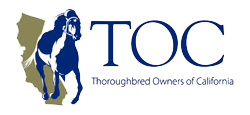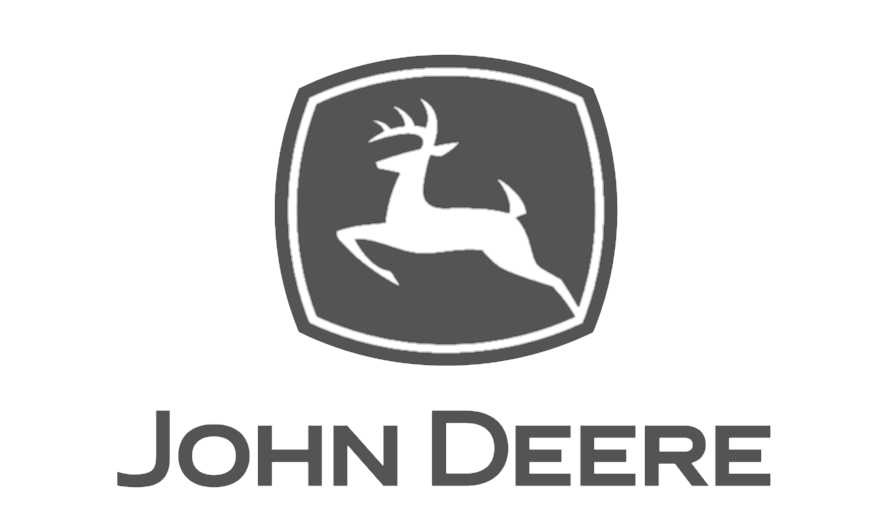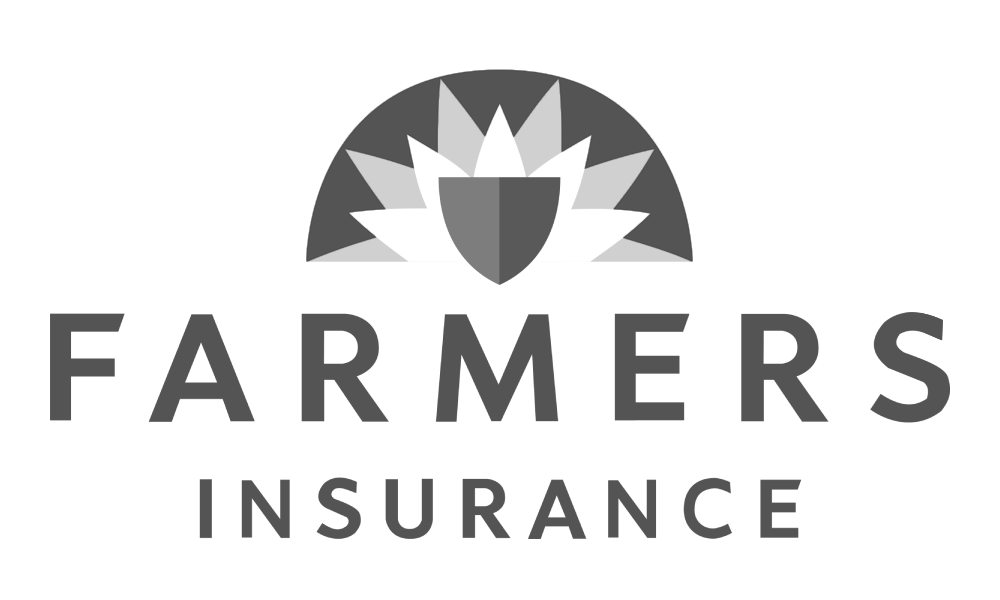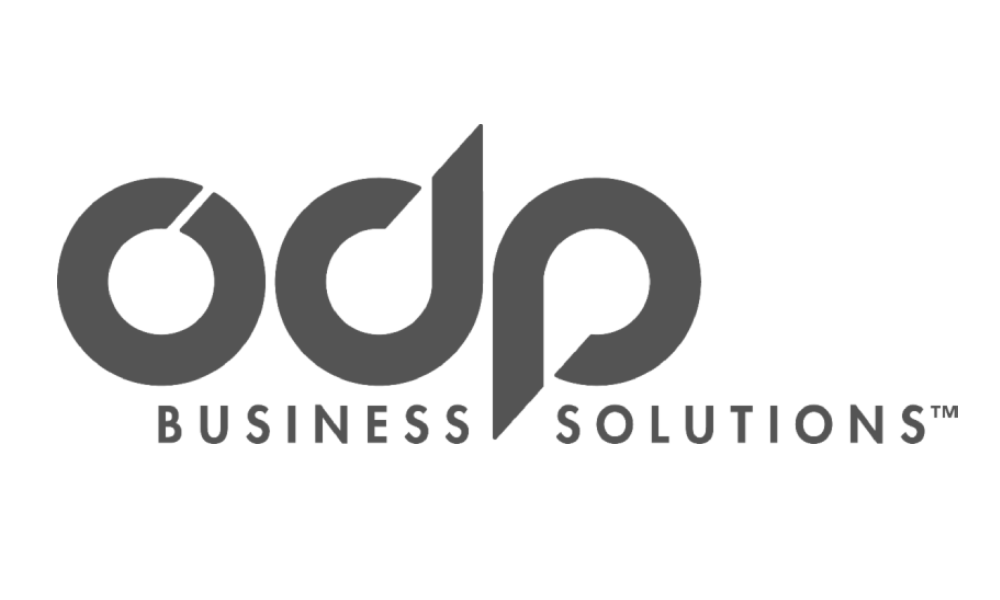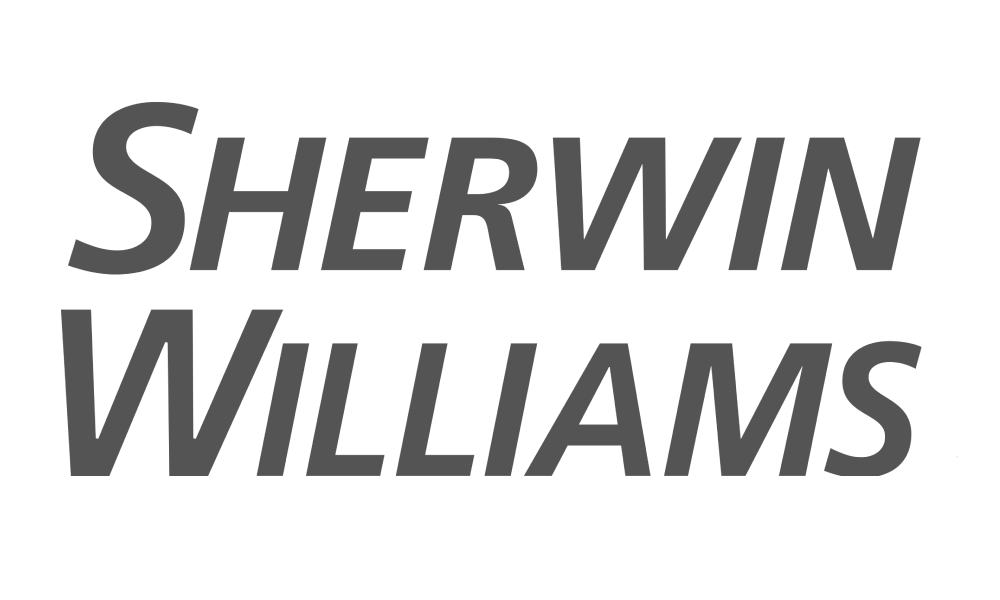Selecting the Business Form Best for Your Stable
By Joost van Adelsberg, CPA
Choosing the appropriate business form fro the operation of your stable is one of the most important decisions you can make. This article is intended to provide a cursory overview of the tax concerns and other factors you face when making that decision. But remember, before any final decision is made, obtain professional advice.
These are three fundamental factors you should consider when deciding on the form your business will take:
1) Taxes
2) Liability
3) Management formalities and complexity
The tax considerations identified in this article are primarily driven by personal income tax concerns. However, estate taxes can have a significant impact upon the choice of business form as well. Where estate taxes are an issue, the stable owner should consult with an estate planning professional to assure compatibility with the overall estate plan.
Equine Business Form Choices
Sole Proprietorship
A sole proprietorship is a business conducted by one individual, in that individual’s name, without the formality or fiction of a separate legal entity. The owner merely utilizes a certain portion of his or her personal assets for business purposes.
Since no separate tax entity exists, no separate income tax return is required. Rather, the owner separately reports stable income on Schedule C of Form 1040. Income is taxed at rates identical to the owner’s individual rate, which can be as high as 39.6% Federal and 11% California. Obviously, this form of business entity leaves little room for tax planning.
Since a sole proprietorship business is indistinguishable from the individual owner, any liability of the business is the liability of the owner. This means that all of the assets of the owner are subject to all of the debts and liabilities incurred by the stable.
At the risk of stating the obvious, this form of business entity is the most informal and easiest to operate. Nonetheless, one must be careful to maintain separate records and accounts for all stable operations to assure that you receive the most advantageous tax treatment possible.
General Partnership
The tax laws define a general partnership as an association of two or more persons who organize as co-owners to carry on a business for profit. In this context, a “person” can include individuals, other partnership, corporations, or other associations. Likewise, a “business” includes every trade, occupation, or profession.
Both Federal and State tax laws treat a partnership as a conduit or “pass-through” entity. That is, items of income and expense are determined at the partnership level and passed through to the owners each year on Form K-1. The partner then reports this income on his/her personal income tax return. Because of their simplicity, partnerships are a popular form of business.
The partners in a general partnership are liable for all debts arising from the acts of the other partners performed in ordinary course of the partnership’s business. In the case of individual partners, all of their assets are potentially subject to the debts of the partnership.
Its partners manage a partnership, but the partners may appoint one or more “managing partners” who have primary management responsibility. Ostensibly, however, all partners can act on behalf of the partnership.
Limited Partnership
A limited partnership is a partnership formed by two or more individuals under the limited partnership laws of a given state. The partnership must have one or more general partners, and one or more limited partners. Only the general partner may participate in the management of the partnership. Limited partners have no right to participate in management. If they do participate in management, they may lose the protection of limited liability.
A limited partnership is taxed the same as a general partnership. Consequently, they are a popular estate-planning tool, especially where they operate similarly to a closely held business.
The liability of a limited partner for partnership debts is “limited” to the extent to the partner’s investment. However, the general partner remains personally liable for all debts of the partnership.
Remember, a limited partnership’s formation must strictly comply with the laws of the state in which it is organized.
Corporation
A corporation is created by state law and is a recognized legal entity separate and distinct from its owners or “shareholders”. A corporation may be formed only through compliance with state incorporation statutes.
A corporation is taxed separately from its owners. Income and loss is determined at the corporate level, with taxes paid at rates up to 34% Federal, and 9.3% California. Any after tax profits distributed to shareholders are included in the shareholder’s taxable income as dividend income. This is commonly referred to as “double taxation”, and is probably the greatest disadvantage to doing business as a corporation.
Although shareholders are liable for the acts of the corporation and its agents, they are only liable to the extent of their investment.
A corporation is managed by its Board of Directors and officers. These directors and officers are not required to be shareholders. The corporation can only act through its agents, whose authority is derived either from the corporation bylaws or by action of the Board of Directors.
These formalities make corporations cumbersome for small business owners, particularly in the racing business.
S-Corporation
An “S Corporation” is a social form of corporation, which for federal income tax purposes satisfies the qualification requirements of Subchaper S of the Internal Revenue Code. Notwithstanding, the corporation must be organized under the normal state corporation law requirements.
A qualifying S corporation is taxed in a manner similar to a partnership. That is, all income and expense items are determined at the corporation level, and a form K-1 distributed to each shareholder who, in turn, reports the income on their individual tax return.
An S corporation receives the same liability protections as a regular corporation with one important exception. In an S Corporation, it is common for the shareholders to also serve as the officers and directors of the corporation. Consequently, these individuals can be held personally liable for their acts and decisions made in the ordinary course of the business.
An S Corporation is limited to 35 or fewer “shareholders”, who must generally be individuals. Although, an S corporation, which is organized under the same laws as a regular corporation, will have the same business formality requirements as a standard corporation. Many states, including California, have “small corporation” statutes allowing for much more informal management practices.
Conclusion
There is no right or wrong form of business entity when setting up a horse racing or breeding operation. An owner should choose the form best suited to one’s individual, tax, liability, and/or management concerns.
When in doubt, seek professional assistance and follow the advice give and that law applicable to your situation.
Joost van Adelsberg is a CPA with the accounting firm Coopers & Lybrand in its San Diego office. Mr. Van Adelsberg specializes in tax questions involving high net worth individuals.
